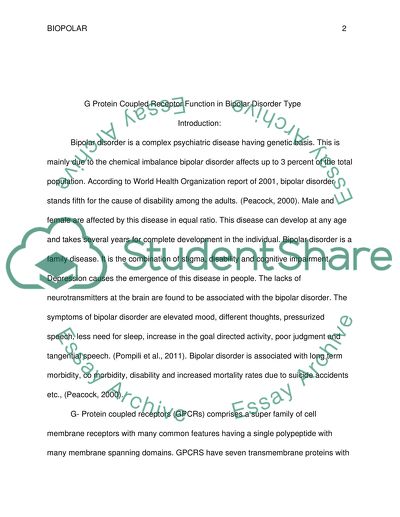Cite this document
(“G Protein Coupled Receptor Function in Bipolar Disorder Type Research Proposal”, n.d.)
Retrieved from https://studentshare.org/biology/1395843-g-protein-coupled-receptor-function-in-bipolar
Retrieved from https://studentshare.org/biology/1395843-g-protein-coupled-receptor-function-in-bipolar
(G Protein Coupled Receptor Function in Bipolar Disorder Type Research Proposal)
https://studentshare.org/biology/1395843-g-protein-coupled-receptor-function-in-bipolar.
https://studentshare.org/biology/1395843-g-protein-coupled-receptor-function-in-bipolar.
“G Protein Coupled Receptor Function in Bipolar Disorder Type Research Proposal”, n.d. https://studentshare.org/biology/1395843-g-protein-coupled-receptor-function-in-bipolar.


